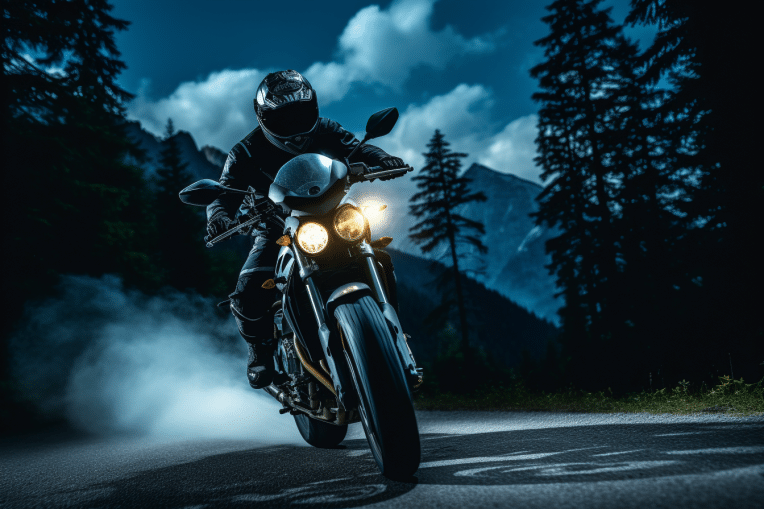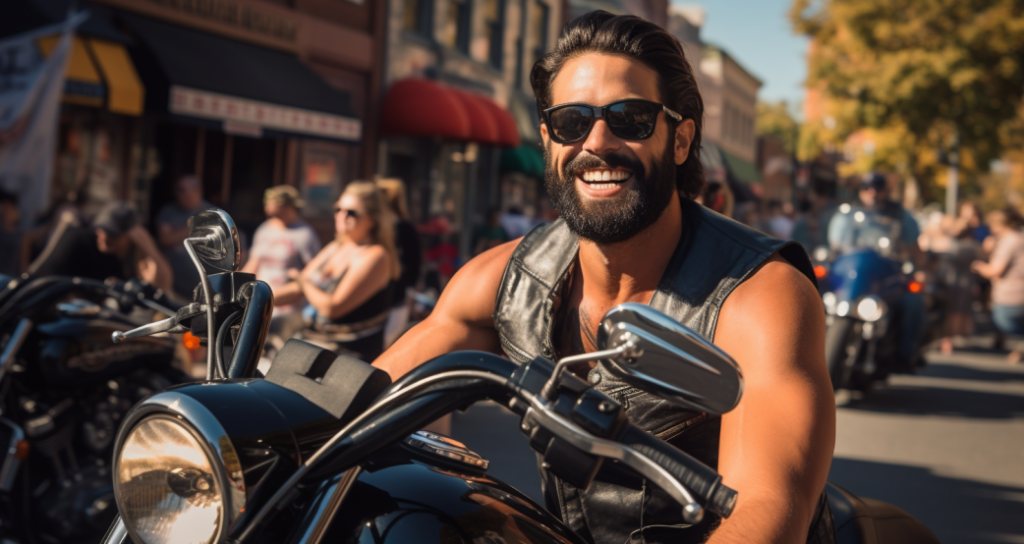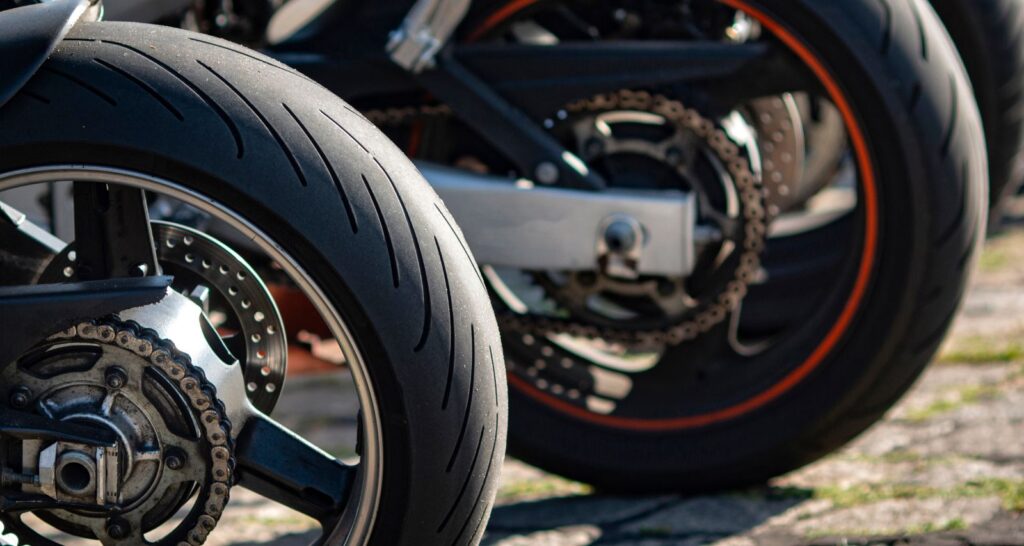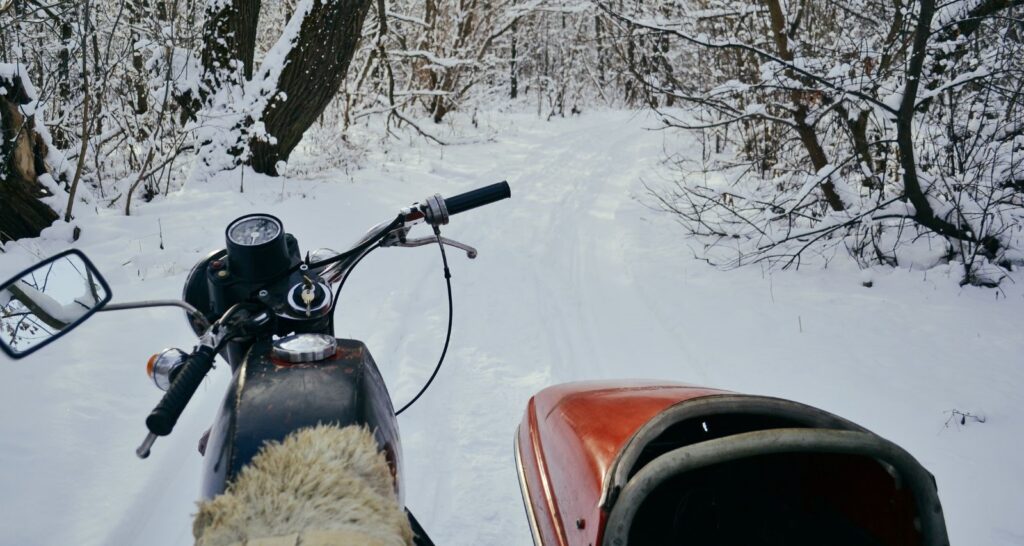Riding motorcycle at night is consistently thrilling, but there’s an enchanting allure in venturing out under the night sky. The road devoid of traffic, the gentle evening breeze, and the starlit canopy above combine to craft a mesmerizing ambiance every rider should savor. Yet, conquering the intricacies of nighttime motorcycle riding necessitates a unique set of precautions and skills.
This guide is your gateway to exploring the world of nighttime riding, equipping you with the expertise and confidence to relish the midnight ride safely and securely. And when you’re considering your nighttime journeys, remember AA Motorcycle Shipping, your trusted partner in motorcycle transportation, to ensure your bike gets there safely. So, let your nighttime motorcycle ride begin!
Nighttime Preparation
- Checking and Adjusting Your Motorcycle’s Lights: Before you set off on your nighttime adventure, ensure that your motorcycle’s lights are in perfect working condition. Regularly check your headlight, taillight, and signal lights. Adjust the headlight’s aim to avoid blinding oncoming drivers while illuminating your path effectively.
- Ensuring Your Visibility: Nighttime visibility is vital for your safety. Consider wearing reflective gear, including jackets, vests, and helmets, to make yourself more visible to other road users. Reflective tape on your bike can also enhance your presence.
- Inspecting Your Helmet and Riding Gear: Ensure that your helmet’s visor is clean and scratch-free. A fog-resistant visor or anti-glare glasses can significantly improve visibility on nighttime rides. Check that your riding gear is equipped with reflective elements for added safety.
Lighting the Way
- Importance of Proper Headlight Usage: Understand the importance of your motorcycle’s headlight. It’s not just for seeing; it’s also for being seen. Keep your headlight on at all times while riding at night, even during dusk and dawn.
- Understanding Different Types of Motorcycle Headlights: Familiarize yourself with different types of motorcycle headlights, including halogen, LED, and xenon. Each type has its advantages, and you can choose the one that best suits your needs.
- Strategies for Optimizing Your Visibility: Maximize your visibility by keeping your headlight clean and correctly aimed. Use your high beams judiciously, but switch to low beams when approaching oncoming traffic. Make use of reflective road signs and lane markings.
Navigating in the Dark
- Adjusting Your Riding Style: Riding at night requires a few adjustments to your riding style. Increase your following distance to have more time to react to unexpected obstacles. Maintain a consistent speed, avoiding sudden accelerations and sharp turns.
- Managing Curves and Turns: Be cautious when navigating curves and turns at night. Reduce your speed before entering a curve, and make sure you can see the road clearly through your headlight’s beam. Lean into the curve gradually and keep a steady throttle.
- Avoiding Common Obstacles: Be on the lookout for common nighttime obstacles, such as wildlife, debris, and road irregularities. Use your reflective gear and gear with reflective elements to make yourself more visible to others.
Riding Gear and Accessories
- The Significance of Reflective Gear: Reflective gear is a game-changer for nighttime riding. Jackets, vests, and helmets equipped with reflective elements enhance your visibility to other road users. They’re an excellent addition to your nighttime riding attire.
- Benefits of Anti-Glare Visors and Glasses: Anti-glare visors and glasses are essential for reducing the glare from oncoming headlights. These accessories can significantly improve visibility and reduce eye strain during nighttime rides.
- Considerations for Choosing the Right Helmet: When selecting a helmet for nighttime riding, choose one with an anti-fog visor, anti-glare features, and reflective elements. These features can make your ride more comfortable and safe.
Riding Solo and Group Night Rides
- Tips for Riding Alone at Night: Riding alone at night can be incredibly peaceful, but it comes with added responsibilities. Inform someone of your route and estimated return time. Carry a fully charged phone, and consider using a tracking app to share your location with a trusted contact.
- Guidelines for Leading or Participating in Group Night Rides: When riding with a group at night, clear communication is essential. Use hand signals, two-way radios, or Bluetooth communication devices to stay connected. Designate a leader and a sweep rider to ensure that no one gets left behind.
- Effective Communication and Safety Measures for Group Rides: Discuss safety measures and riding guidelines with your group before setting out. Plan rest stops and communicate clearly when and where these stops will occur.
Dealing with Fatigue and Visibility Challenges
- Signs of Rider Fatigue During Nighttime Rides: Be vigilant for signs of rider fatigue during nighttime rides, such as decreased reaction times, wandering concentration, or drowsiness.
- Strategies for Staying Alert and Focused: Stay hydrated, take regular breaks, and consider using caffeine in moderation to combat fatigue. Make sure you are well-rested before embarking on a nighttime ride.
- Coping with Low-Visibility Situations: In cases of fog, rain, or other low-visibility situations, reduce your speed and increase your following distance. Avoid using high beams, as they can reflect light and reduce visibility. Use caution when riding in adverse weather conditions.
Emergency Preparedness
- Carrying Essential Tools and Equipment for Night Emergencies: Always carry essential tools and equipment, such as a tire repair kit, basic toolset, and a flashlight. These items can be invaluable during nighttime emergencies.
- Quick Fixes and Troubleshooting for Common Nighttime Issues: Familiarize yourself with basic motorcycle maintenance, as you may need to perform quick fixes during your ride. Basic knowledge of troubleshooting common issues can get you back on the road.
- Importance of Communication Devices for Seeking Help: A communication device, such as a two-way radio or smartphone, can be a lifeline in emergencies. Make sure you have a way to call for assistance or communicate with fellow riders.
Your Trusted Motorcycle Partner
In the world of motorcycling, the need for motorcycle transport services can arise at any time. Whether you’re planning a long-distance ride or need to get your motorcycle to a different location for any reason, AA Motorcycle Shipping is your trusted partner. Their reliable and secure motorcycle transport services can simplify the logistics of moving your bike, allowing you to focus on enjoying your nighttime rides without worrying about transportation.
Final Words
Riding motorcycle at night opens up a world of adventure and beauty that’s uniquely different from daytime riding. With proper preparation, the right gear, and a good understanding of nighttime riding techniques, you can make the most of these unforgettable journeys. The thrill of the midnight ride is within your reach; all it takes is a combination of knowledge, skill, and the right equipment to ensure your safety and enjoyment under the night sky. Stay visible, and enjoy the open road when the stars begin to come out!
Remember, should the need for motorcycle transport services ever arise, you can rely on AA Motorcycle Shipping to guarantee the secure delivery of your bike. Request your free quote today!




